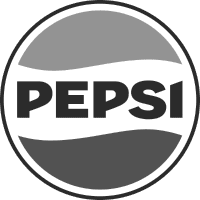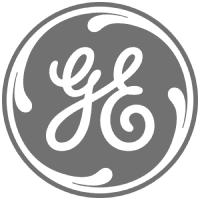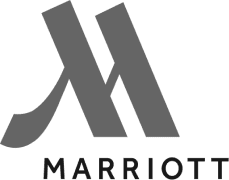Landscape Kiosks Horizonal Kiosks
MetroClick Landscape Kiosks deliver professional interactive experiences with Full HD industrial displays, 10-finger multitouch capability, and energy-efficient operation for retail, hospitality, and corporate environments requiring sleek, wide-format presentation solutions.
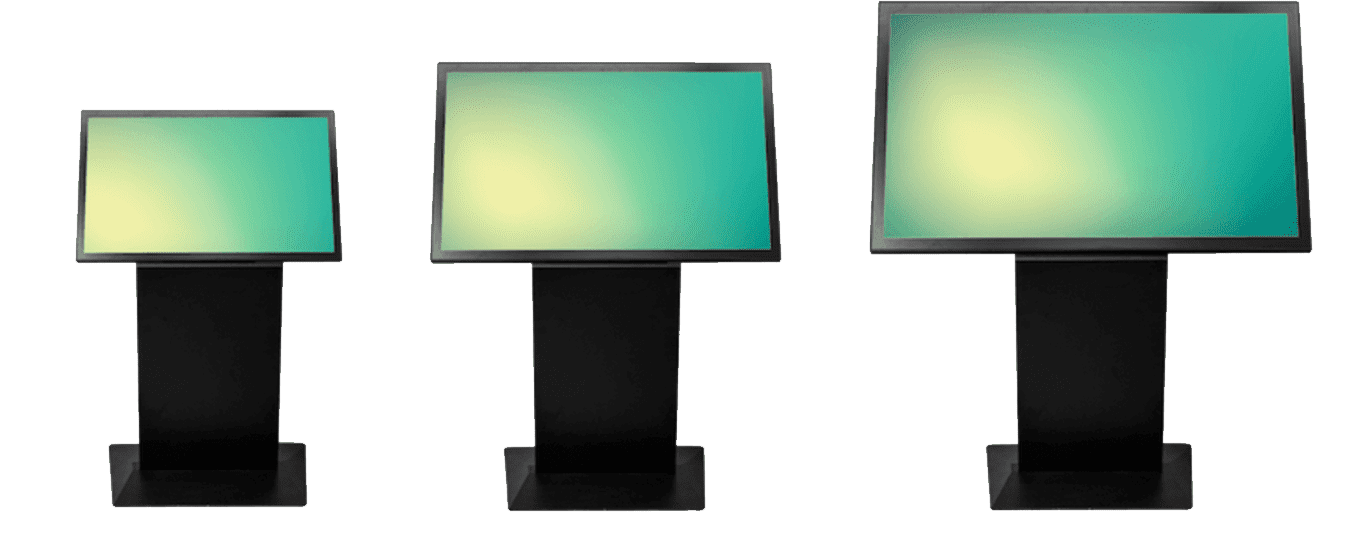
Maximize screen real estate with wide-format displays
Landscape orientation provides optimal viewing for content that benefits from horizontal layout, while Full HD industrial LCD panels with energy-saving LED backlight ensure crisp visuals during continuous 24/7 operation.
Enable intuitive interaction with professional touch technology
10-finger capacitive multitouch with extra wide viewing angles supports multiple users simultaneously, while slim, stylish design complements professional environments without compromising functionality.
Deploy immediately with complete integrated solutions
Industrial-grade 64GB SSD with preinstalled Linux OS, WiFi connectivity, and lockable port covers provide secure, ready-to-use operation, while 2-year manufacturer warranty ensures reliable performance.
Our Landscape Kiosks
32″ Landscape Kiosk
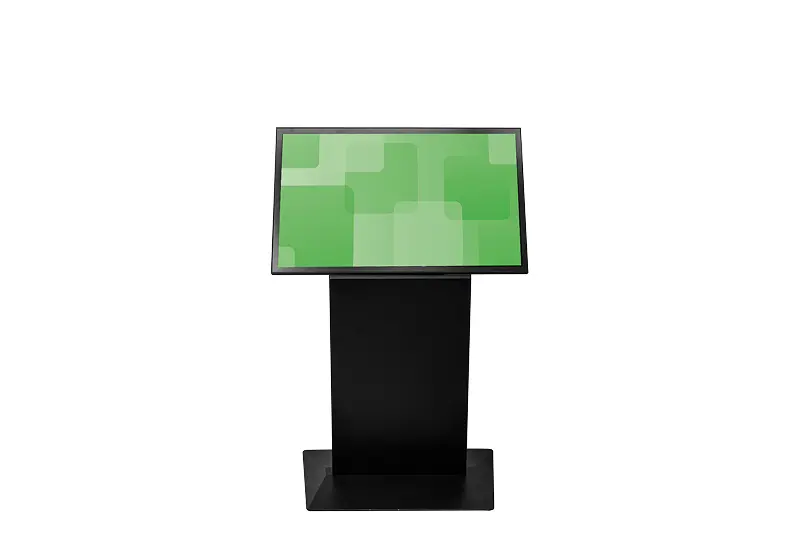
43″ Landscape Kiosk
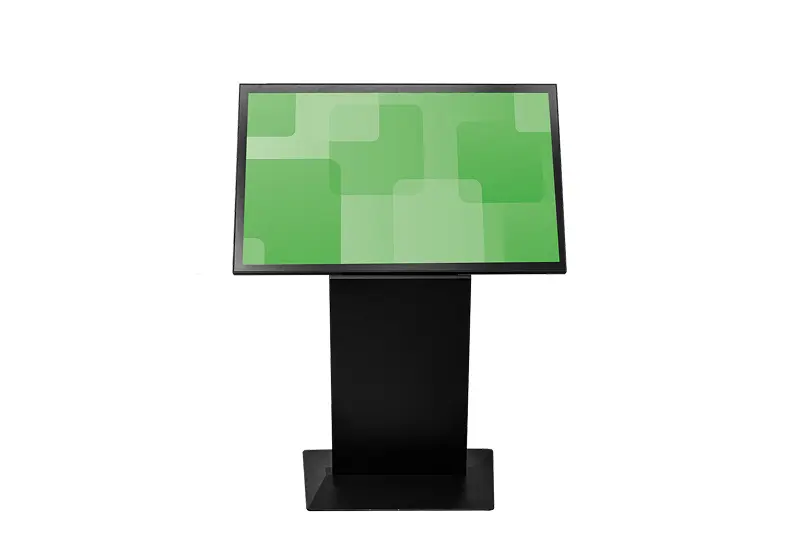
55″ Landscape Kiosk
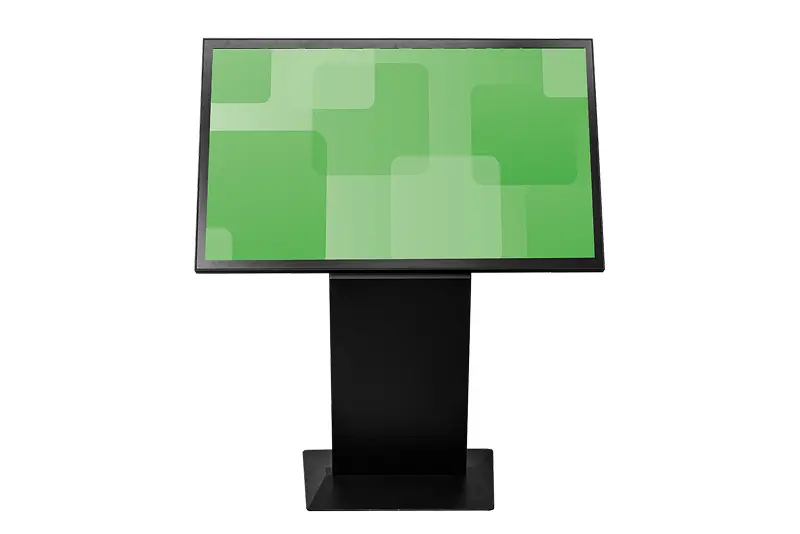
32″ White Landscape Kiosk
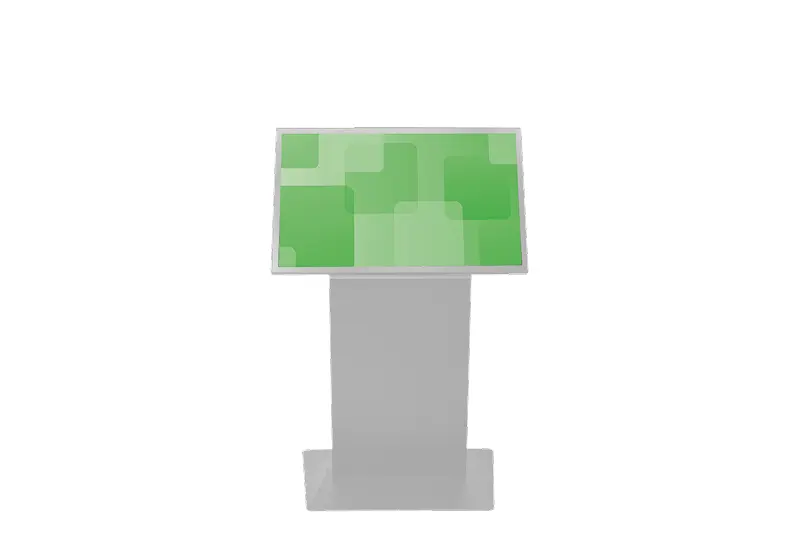
43″ White Landscape Kiosk
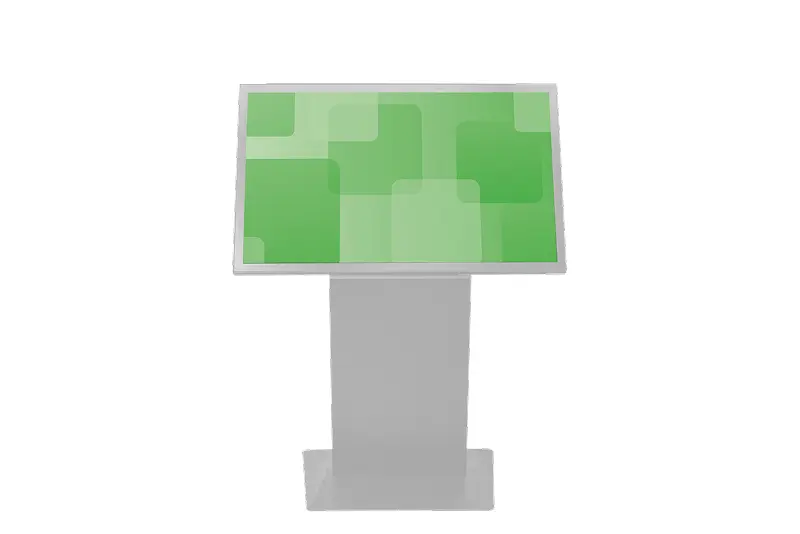
55″ White Landscape Kiosk
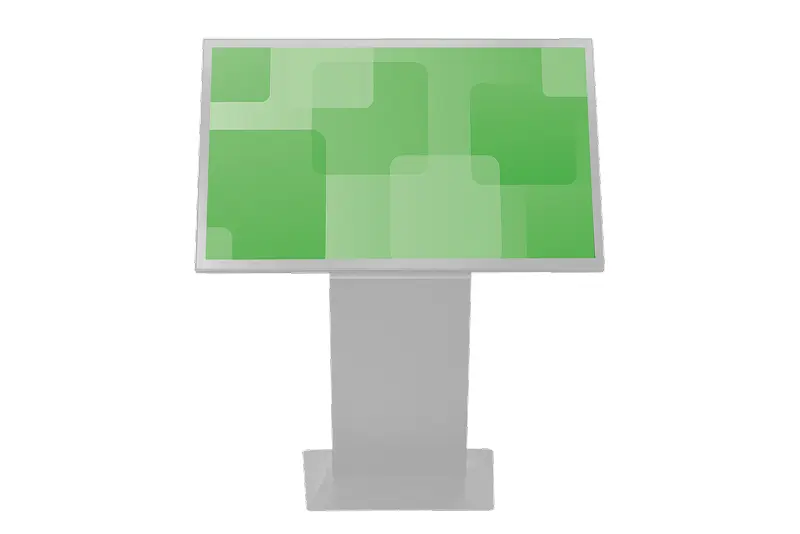
Trusted by industry leaders to power better customer experiences
Discover the versatility built into each product
Built for Every Environment
Trust in ruggedized, rated, reliable and robust devices of all shapes and sizes that perform flawlessly indoors or out.
Engage and Inform
Guide users through effortless, self-driven, interactive experiences or stream advertisements and promotions 24/7 on optically bonded, enhanced viewing touch screens.
Modular in Design
Easily configure, connect and scale devices to suit different locations, functions and use cases, while streamlining maintenance, serviceability and operational expenses.
Unapologetically Authentic
Fit any space with aesthetics and branding that drives emotional resonance and authentic connections to your true brand.
Other hardware options
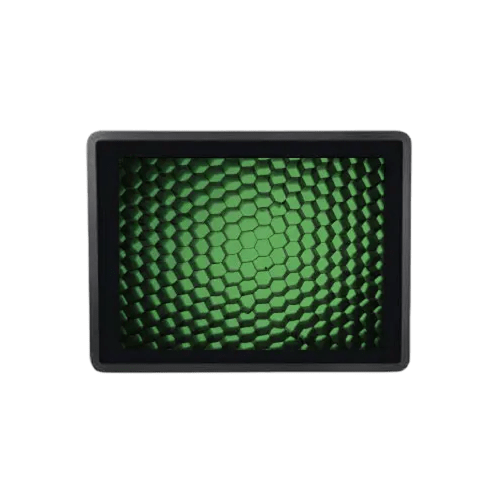
Small Format Kiosks
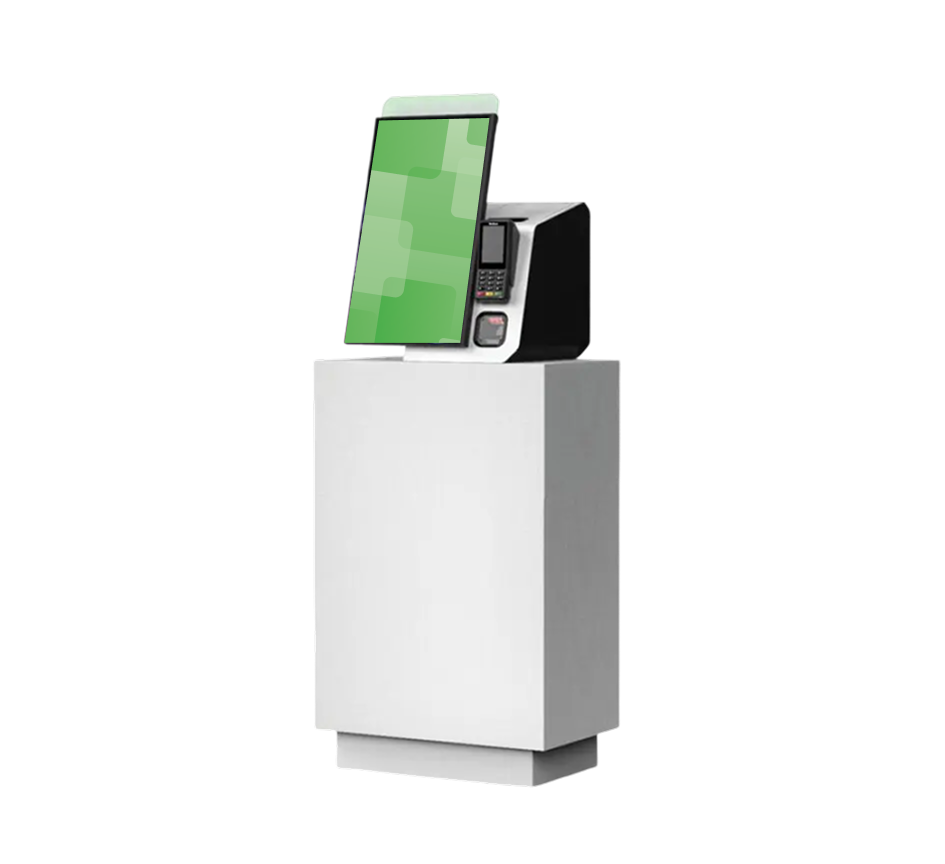
Transactional Kiosks
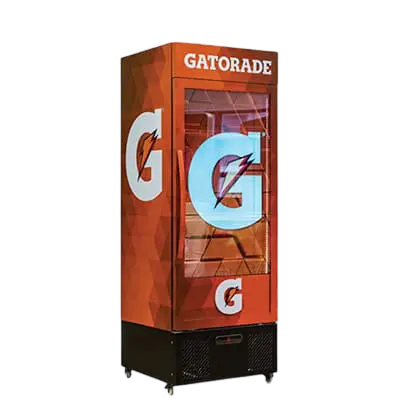
Immersive Kiosks
More Information
Horizontal Display Advantages for Wide-Format Content
Landscape orientation kiosks excel at presenting content that naturally flows horizontally, mirroring the aspect ratios of modern video content, panoramic imagery, and multi-column layouts. This wide-format display configuration aligns with human peripheral vision, allowing viewers to absorb more information without excessive eye movement. MetroClick’s landscape kiosks leverage this natural viewing pattern to create immersive experiences that feel expansive rather than confined.
The 16:9 aspect ratio common in landscape displays matches standard video formats, eliminating black bars and maximizing screen utilization for multimedia content. This compatibility proves essential for businesses showcasing promotional videos, virtual tours, or cinematic advertisements. The horizontal layout also facilitates side-by-side comparisons, making landscape kiosks ideal for product selection interfaces where customers evaluate multiple options simultaneously.
Optimal Viewing Angles and Ergonomics
Landscape kiosks positioned at appropriate heights reduce neck strain by keeping content within the natural horizontal eye movement range. Research indicates that humans scan horizontally more comfortably than vertically, making landscape orientations less fatiguing during extended interactions. The wider format also accommodates multiple simultaneous users, as the expanded horizontal space allows people to stand side-by-side without crowding.
Strategic mounting heights for landscape kiosks typically range from 42 to 54 inches at screen center, accommodating both standing and seated users. This flexibility makes landscape formats particularly suitable for environments with mixed-use scenarios, such as hotel lobbies where guests might interact while seated in wheelchairs or standing with luggage. The reduced vertical profile also maintains clear sightlines across spaces, preventing the visual barriers that tall portrait kiosks can create.
Multi-User Collaboration Features
The expansive horizontal canvas of landscape kiosks naturally supports collaborative interactions where multiple users engage simultaneously. Split-screen interfaces can display different content sections to users on opposite sides, enabling parallel browsing without interference. This capability transforms single kiosks into multi-functional stations serving several customers concurrently, maximizing hardware investment returns.
Touch attribution technology distinguishes between multiple users’ inputs, preventing accidental interference while maintaining responsive performance. Retail environments leverage this multi-user capability for family shopping experiences where parents and children explore different product categories on the same screen. Corporate implementations utilize collaborative features for brainstorming sessions where teams interact with shared digital whiteboards displayed on landscape kiosks.
Content Design Strategies for Horizontal Layouts
Visual Hierarchy in Wide Formats
Designing effective interfaces for landscape displays requires understanding how users process information across horizontal planes. The golden ratio and rule of thirds apply particularly well to landscape layouts, creating natural focal points that guide attention through content progressions. MetroClick’s design guidelines emphasize creating visual anchors at strategic positions that leverage Western reading patterns of left-to-right scanning.
Information architecture for landscape kiosks often employs multi-column layouts that segment content into digestible sections. Navigation elements positioned along the bottom edge remain easily accessible while maximizing vertical space for content display. This approach mirrors familiar web design patterns, reducing learning curves for users accustomed to desktop browsing experiences.
Dynamic Content Zones
Landscape displays excel at presenting multiple concurrent information streams through dedicated content zones. A retail kiosk might display product videos in the left two-thirds while maintaining a persistent shopping cart summary on the right. This spatial consistency helps users maintain context while exploring different options, reducing the cognitive load associated with screen transitions.
Real estate applications showcase property galleries in the main viewing area while displaying map views, pricing information, and contact forms in auxiliary zones. The persistent visibility of complementary information accelerates decision-making processes by eliminating the need to navigate between separate screens. Financial services kiosks similarly benefit from displaying market data, account information, and transaction interfaces simultaneously.
Installation Flexibility and Space Optimization
Wall-Mounted Configurations
Landscape kiosks mounted flush against walls create streamlined installations that maximize floor space while maintaining substantial screen presence. The horizontal profile integrates naturally with architectural elements, following the lines of windows, doorways, and wall sections. This aesthetic harmony makes landscape kiosks less intrusive in carefully designed spaces where vertical elements might disrupt visual flow.
Wall-mounted landscape installations in corridors create information stations without impeding traffic flow. The reduced projection from walls compared to portrait alternatives allows installation in narrower passages while maintaining ADA-compliant clearances. Healthcare facilities particularly value this space efficiency when adding wayfinding or check-in kiosks to existing buildings with limited expansion options.
Freestanding Pedestal Options
Pedestal-mounted landscape kiosks offer placement flexibility while maintaining stability through low centers of gravity. The wider base footprint required for landscape orientations provides inherent stability without excessive weight, simplifying installation and relocation procedures. This portability proves valuable for businesses with seasonal layout changes or evolving space requirements.
Counter-height landscape kiosks create natural interaction points that integrate with existing service desks or reception areas. The horizontal format allows the kiosk to function as both an interactive display and a work surface, particularly useful in retail point-of-sale applications. Hotels utilize this dual functionality for check-in kiosks that also serve as document signing surfaces.
Industry Applications and Performance Benefits
Digital Menu Boards and Signage
Quick-service restaurants have discovered that landscape-oriented digital signage dramatically improves order accuracy and speed. The horizontal layout mirrors traditional menu board configurations, allowing customers to view entire meal categories without scrolling. This familiar format reduces cognitive load during decision-making, resulting in faster transactions and improved customer satisfaction.
The wide-screen format enables dynamic pricing updates and promotional content rotation without disrupting the core menu structure. Restaurant operators report 23% faster ordering times when implementing landscape digital menu systems compared to vertical alternatives. The ability to display nutritional information alongside menu items also supports compliance with health disclosure regulations.
Interactive Product Showcases
Landscape kiosks transform product browsing experiences through gallery-style presentations that leverage the full width of the display. Automotive showrooms utilize landscape formats to display vehicle configurations with 360-degree views alongside specification comparisons. The horizontal canvas accommodates detailed technical diagrams and feature callouts without compromising the visual impact of hero imagery.
Fashion retailers implement landscape kiosks for virtual styling sessions where outfit combinations appear side-by-side with accessory recommendations. The wider format supports natural drag-and-drop interactions for mixing and matching items. Integration with inventory systems ensures real-time availability updates, preventing customer disappointment from out-of-stock selections.
Technical Optimization for Landscape Displays
Resolution and Pixel Density Considerations
Landscape kiosks typically feature 1920×1080 (Full HD) or 3840×2160 (4K) resolutions optimized for horizontal content delivery. The pixel density requirements for landscape displays differ from portrait orientations due to typical viewing distances and content types. Text legibility improves with landscape layouts as horizontal reading patterns align with natural eye movement, reducing fatigue during extended use.
Color calibration for landscape displays requires special attention to maintain consistency across the wider screen area. Edge-to-edge brightness uniformity becomes critical when displaying panoramic content or data dashboards, where variations would be immediately noticeable. Advanced LED backlighting systems in modern landscape kiosks ensure even illumination while minimizing power consumption.
Performance Enhancement Technologies
Graphics processing optimization for landscape displays focuses on horizontal rendering efficiency. Content management systems designed for landscape kiosks pre-render assets in wide formats, reducing processing overhead during real-time interactions. This optimization enables smooth transitions and responsive touch performance even when displaying multiple concurrent video streams or complex interactive elements.
Memory allocation strategies for landscape applications prioritize horizontal buffer management, enabling faster content updates across the screen width. This technical optimization particularly benefits wayfinding applications where map panning requires rapid screen refreshes. Hardware acceleration specifically tuned for landscape rendering ensures consistent 60fps performance during demanding interactive sessions.
The evolution of landscape kiosk technology continues advancing with ultra-wide displays, curved screens, and seamless multi-display arrays. These innovations expand the possibilities for creating immersive customer experiences while maintaining the practical advantages of horizontal content presentation.
MetroClick’s landscape kiosk solutions represent the optimal balance of proven ergonomic benefits and cutting-edge display technology, delivering measurable improvements in user engagement and operational efficiency across diverse applications.




